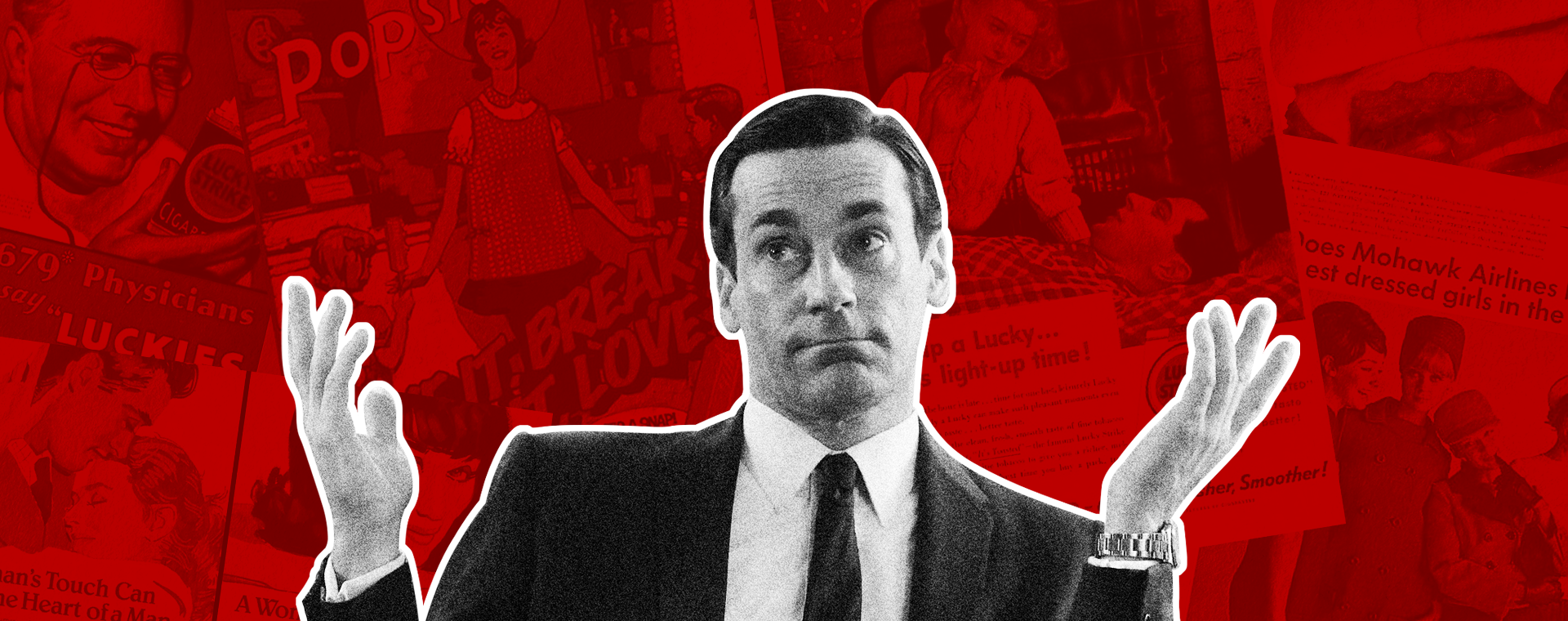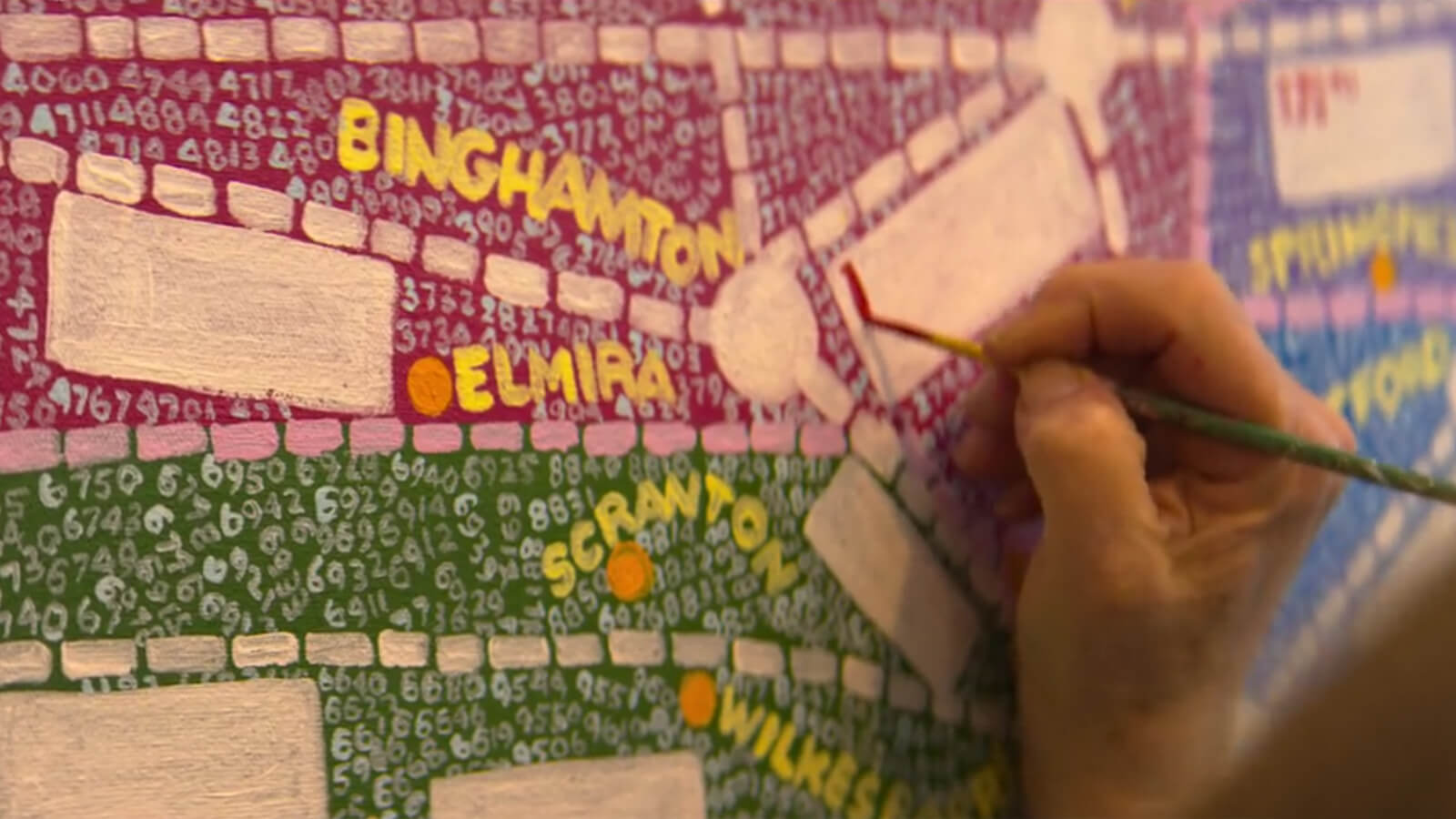Revive your boring B2B with Netflix’s Mindhunter
By: Kyle Weber
December 13, 2017 | Reading Time: 4 mins
“Have you been watching Mindhunter?”
“Where are you in Mindhunter?”
“You need to watch the interview from Mindhunter. No, like the real interview.”
I’m a broken record.
Mindhunter is a new Netflix series based on the true crime accounts of special agent John Douglas. It’s highly bingable, and with my girlfriend away on business, I’ve been spending a lot of time with agents Holden and Bill – we’re on a first-name basis.
It’s all I’ve talked about, shoehorning it into conversations with anyone who’ll listen:
“That’ll be five dollars,” says the barista.
“Ah, five dollars… reminds me of episode five, when Holden investigates the Beverly Jean case. Do you watch Mindhunter?”
So when tasked to write a blog this week, it was only natural for Mindhunter to weave its way into my content. It may sound like a reach, but I think there’s a lot to learn from my pal Holden – FBI agent, design thinker, and proven innovator.

Challenge convention
Based in the 1970’s, the FBI is set in their ways, basing arrests on motive, money and a dash of racism. Enter Agent Holden Ford, who questions the validity of these methods in the wake of Charles Manson and Son of Sam. He teams up with Bill to embark on an FBI skunkworks project and develop a human-centered system based on psychology.
In marketing we have our KPIs like Open Rate and Session Duration, but how often do we question these vanity metrics? Like motive and ethnicity, they’re not enough to get get a reliable verdict. A ten minute Session Duration sounds great, but we need to find out what’s happening in those ten minutes to make a real assessment. We need to establish context before sentencing a campaign to death row.
Like Holden, we need to question our conventions and redefine our goals. We can’t settle for an arrest, we need to become preventative.
Identify change and adapt
The FBI’s system was running smoothly until guys like Charles Manson came on the scene. He wasn’t some prohibition gangster or jonesing addict – he broke the mold. Holden’s colleagues describe these guys as “impossible to understand”, a random blip that can’t be explained. Tell that to a grieving family, or a client dropping serious dime on PPC.
There was a time where direct mail was marketing gold – then came the internet. The Holdens of marketing recognized email as a game-changer while the Shepards (Holden’s always-disapproving superior) gave blowhard speeches about catalogues and reinventing the wheel. *Sidenote, can this phrase die already? There’s a reason we’re not Flinstoning around on 24-inch limestone. It’s called innovation.
Imagine marketing in 2017 if we hadn’t conceded to changes in the consumer landscape. As marketers, we need to be at the front of that change, always flexible, willing to rethink our processes.

Ask more questions
My favourite scenes in Mindhunter are the ones where Holden and Bill break down their suspects with a barrage of random questions. “What did you eat for lunch? Where did you buy groceries? Do you have a dog? Do you like sports?” Steadily the eyes get glassy, the tears start flowing and you’ve got a confession.
One of the first steps to a successful campaign is identifying your target. It starts with asking “who uses the product” but all-too-often ends with, “why do they use the product?”. This is where Holden comes in with his childlike curiosity, utilizing the 5 Whys – why do you use the product that way? Why don’t you use an alternative product? Why would you switch from that product to this product? Etc.
Holden starts the series with an interest in behavioural psychology. He talks to colleagues, then his girlfriend, then college professors. By episode three he’s sitting across from the Coed Killer, getting market research straight from the consumer. He could have kept the conversation in-house, but that’s not good enough for Holden. He goes right to the source, operating on authenticity instead of guess-work.
As marketers, we can’t interview every potential customer, but we can always go deeper on consumer profiles. There are tools available like Qualaroo that can help us get inside the mind of our audience to build a better understanding.
Don’t be afraid of failure
With every class or informational interview, Holden is ridiculed, lambasted, and stonewalled. Even when his manhood comes into question, he perseveres. Fast forward and the term “serial killer” is universally accepted, leading to books, documentaries, and a Netflix series. Without his perseverance, there are a lot of killers on the loose.
Design thinking looks to create a culture that rewards success and allows for failure. Maybe your existing culture is silencing the Holdens on your team? Marketers need a safe space for divergent thinking where creative ideas can emerge. These crazy concepts are the very ideas that grow into the conventions of tomorrow.
Go Deeper
I’ll level with you, this blog wasn’t supposed to be on Mindhunter. Before Netflix derailed my writing, I was crafting a summary of Pardot’s Cliff Seal and his presentation, Death to Boring B2B Marketing. Seal talks about how the fundamentals of Design Thinking can revitalize stuck-in-their-ways B2B practices. In a lot of ways, he calls for us to be more like Holden by redefining our goals, asking questions and embracing failure. It’s a must-watch for any marketer – just be sure to binge Mindhunter first.








